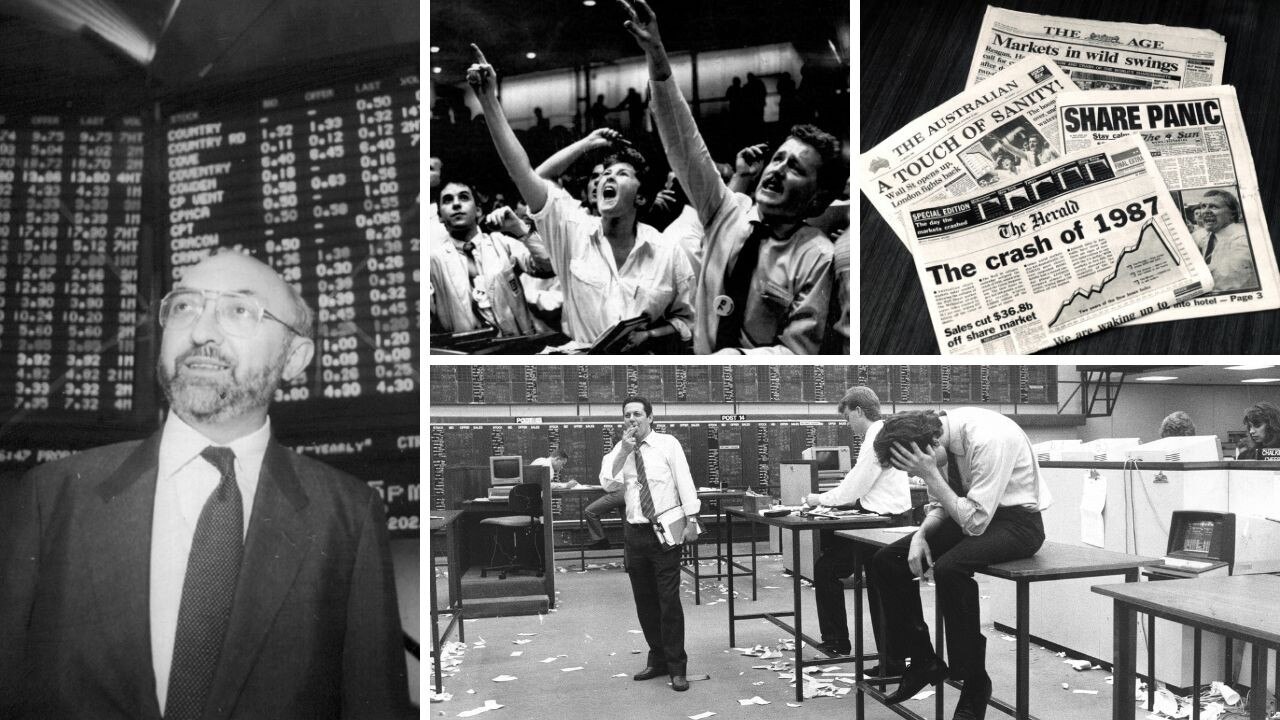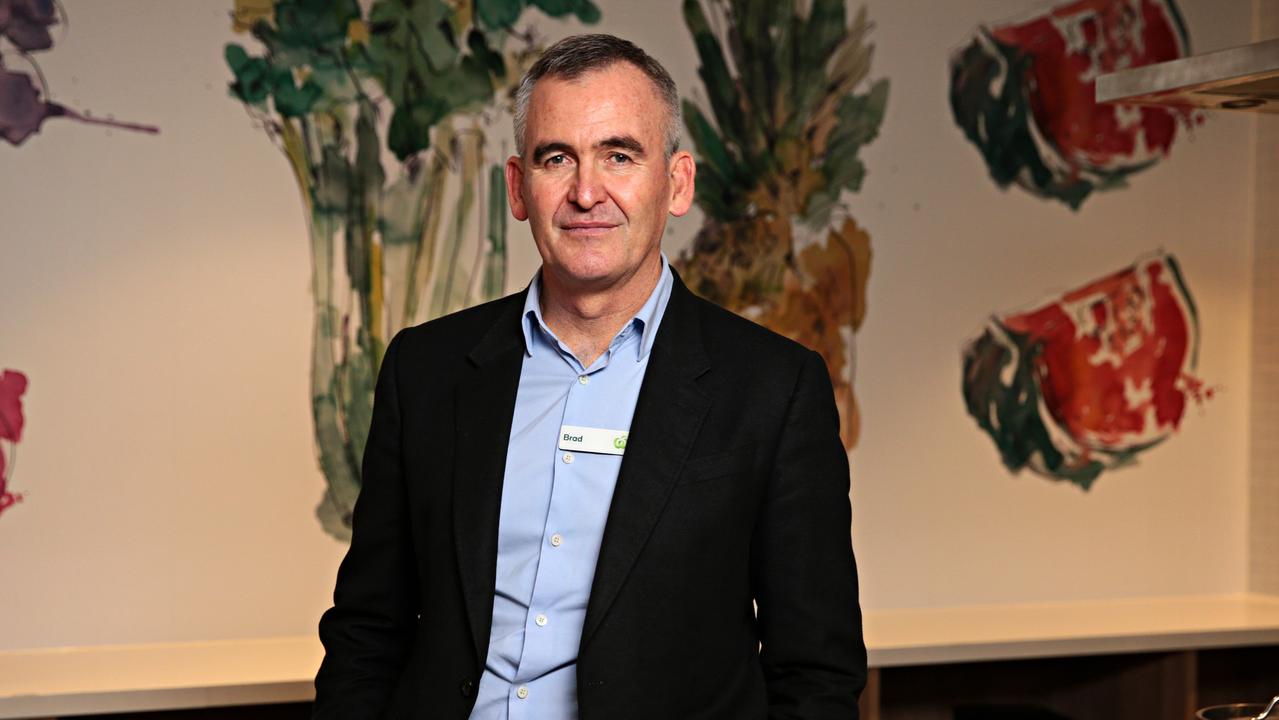Terry McCrann: Let’s not try to make forecasts for 2021
If ever there was a year for burying the practice of forecasting what is in store for the new year, 2020 is it.

Well, that was the year that literally was completely unpredictable right across the board — and ending with the hope of the “Godot vaccine” we’re all waiting for to return us to something akin to normality and “normal” unpredictability.
By that I mean the “normal” forecasts from the “experts” of what is in store for us in the year ahead.
If ever there was a year for burying that new year practice for all time, 2020 is it.
Go back a year and pick your subject and see how accurate the forecasts proved to be.
I’ll just detail two.
Last December, fully half-way already through the fiscal year, Treasurer Josh Frydenberg was proudly “confirming” the budget surplus we’d all — well, some of us — had been waiting for since Peter Costello’s last one in 2007.
The surplus would be $5bn in 2019-20, rising to $6bn in 2020-21 and increasing steadily after that.
The economy was going to burble along, all would be almost right in the world.
Well, we actually had a $85bn deficit in 2019-20.
The deficit forecast for 2020-21 year is mind-boggling — although, at least, as I told you two weeks ago, it is now sub-$200bn. The “budget surplus” is now as dead as the dodo.
The second is who could have imagined — far less predicted — a year ago that Victorians would be locked in their homes for months for 21 hours every day and prohibited from going more than 5km from those homes in their three hours of freedom?
On a personal note, I was still making bookings for a European holiday in their northern summer as late as mid-January.
Back then, it still looked like just a “China virus” and, even more specifically, a Wuhan one.
Maybe we should store away in our memory that virus version of “it’ll all be over by Christmas” as we await the vaccine and watch the crowds at the cricket at the MCC.
A year ago the benchmark ASX index closed out the year at 6684 points. We have next week still to go, but at Christmas it was at 6665 points — unchanged over the year but certainly not through the year.
Just as I was personally still making bookings into January, the market — here, and on Wall St — kept rising through January and into February.
Both our markets peaked in mid-February — and then, whoosh, they plunged through March.
And then, seemingly almost as quickly, they recovered almost all the losses. At least, they did on Wall St; it took all year here.
The recovery drivers were the same: the slashing of rates to zero and the money printing from both government and central banks — their Fed, our RBA.
The recovery difference was tech. They had Amazon, Apple, Tesla and Google; we had Kogan and the big-and-just-getter-bigger surprise Afterpay.
We saw a similar story in the other great asset class, property — essentially a rapid plunge and widespread fear and loathing, then the spectacular comeback, captured by and culminating in The Block.
With property, however, it was a bit more complicated. Broadly, we saw values finish up on the year, but those spec-built apartments aimed at foreign students and Chinese investors remained, shall we say, “challenged”.
So we arrive at the entry to a new year with, to my mind, two broad possible alternative futures — please don’t call them forecasts.
Which one arrives all depends on the vaccine.
If we do get a vaccine that proves “effective” and it is distributed quickly and widely, we face a supercharged 2021 because of all the stimulus still locked into the global economy and financial markets: those zero rates and tens of trillions of printed dollars.
I put effective in quotation marks because I mean effective in an economic sense, not just the medical sense. That means it would allow us to return to a world of unlimited travel; to return essentially to where we were in December a year ago, but still with the stimulus.
The other broad scenario is if, for whatever reason, the vaccine does not prove effective, either upfront or as we go through the year and from winter to winter, bouncing across the equator.
Then we have the challenge that we’ve already shot all the stimulus bullets — rates, money-printing and budget handouts.
Even though its hard to see, even in worst-case scenarios, a return to the full-on lockdowns of 2020, that would clearly not be business, or life, as usual.
With the vaccine being rolled out rapidly in the UK and US, we in Australia have the extraordinary benefit of seeing whether in fact it does work and just how well.
It is a benefit we have well and truly earned, given our success in “doing” 2020, as I detailed through the week.
It certainly makes for an unusual, if tennis-free, January.



